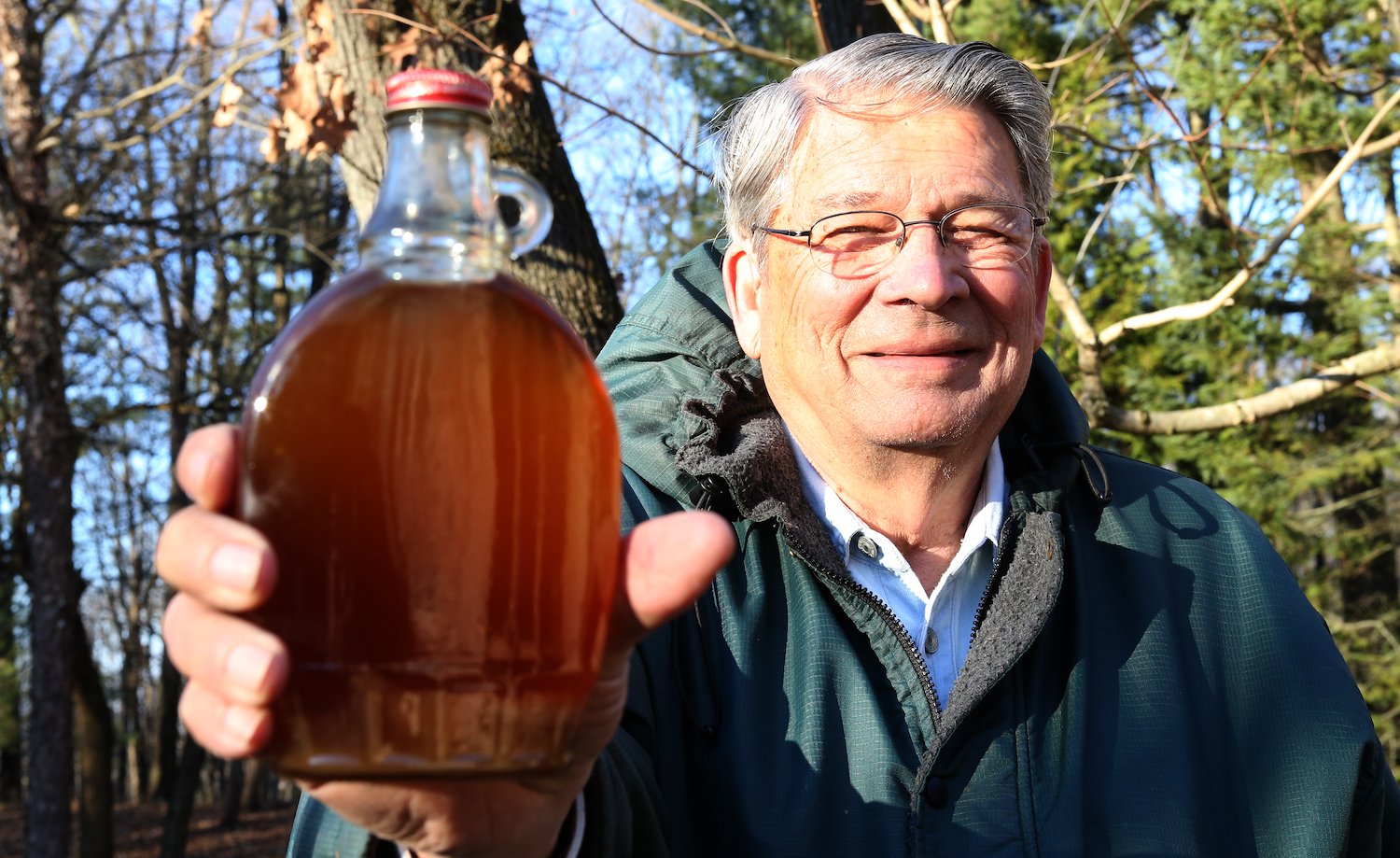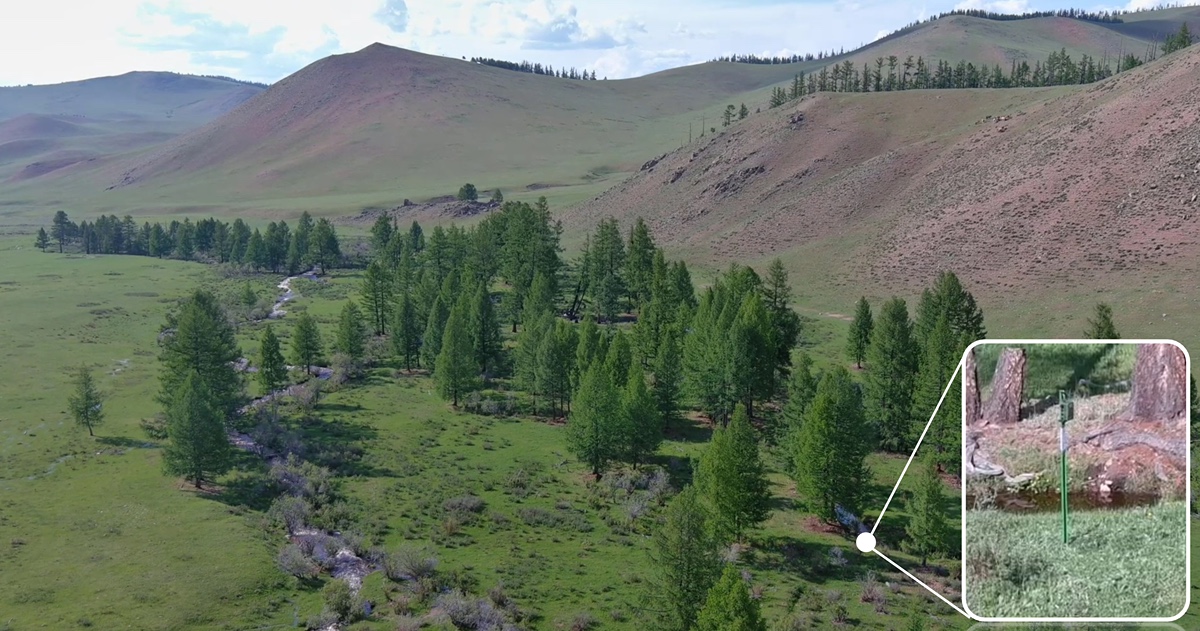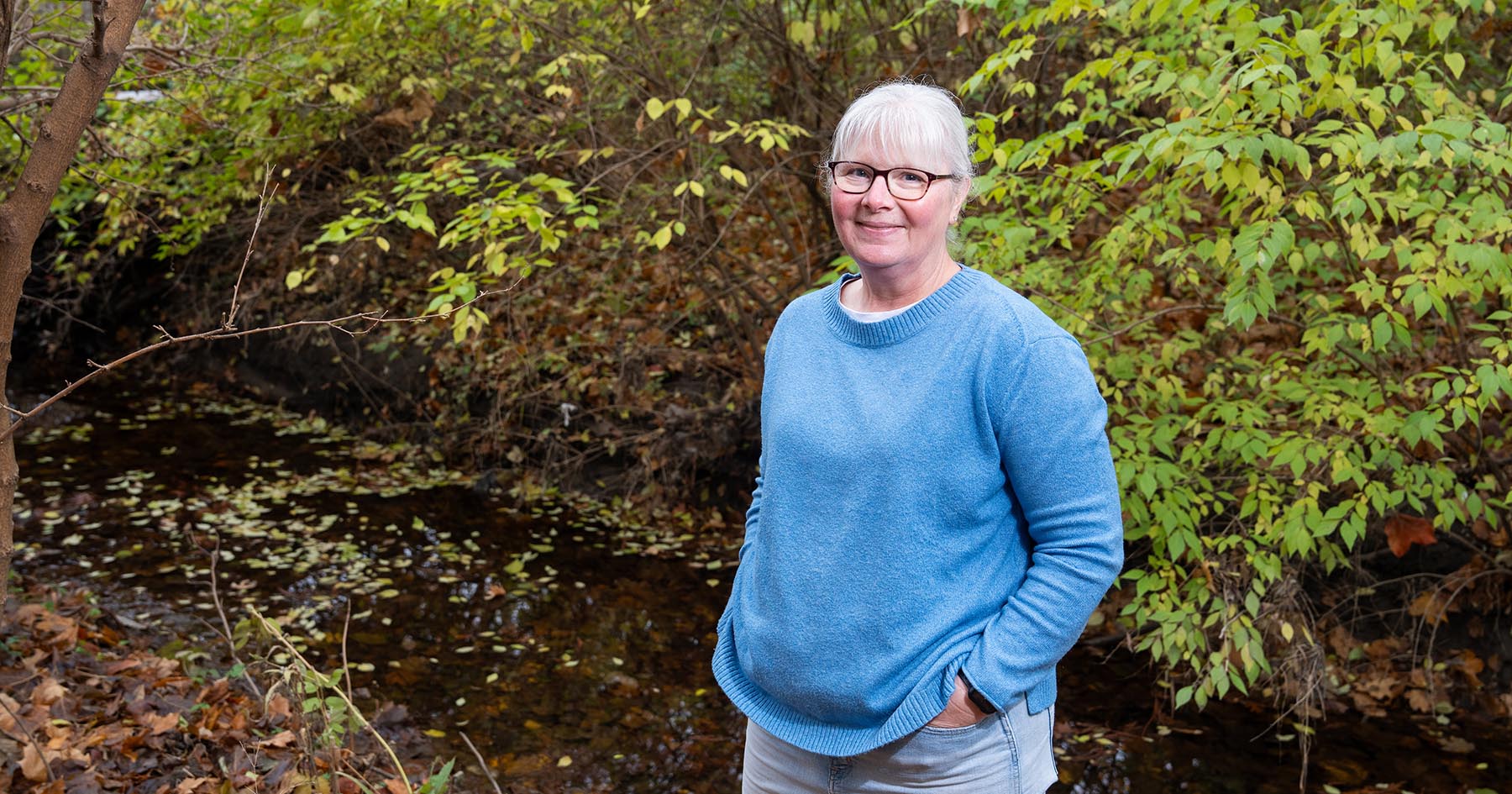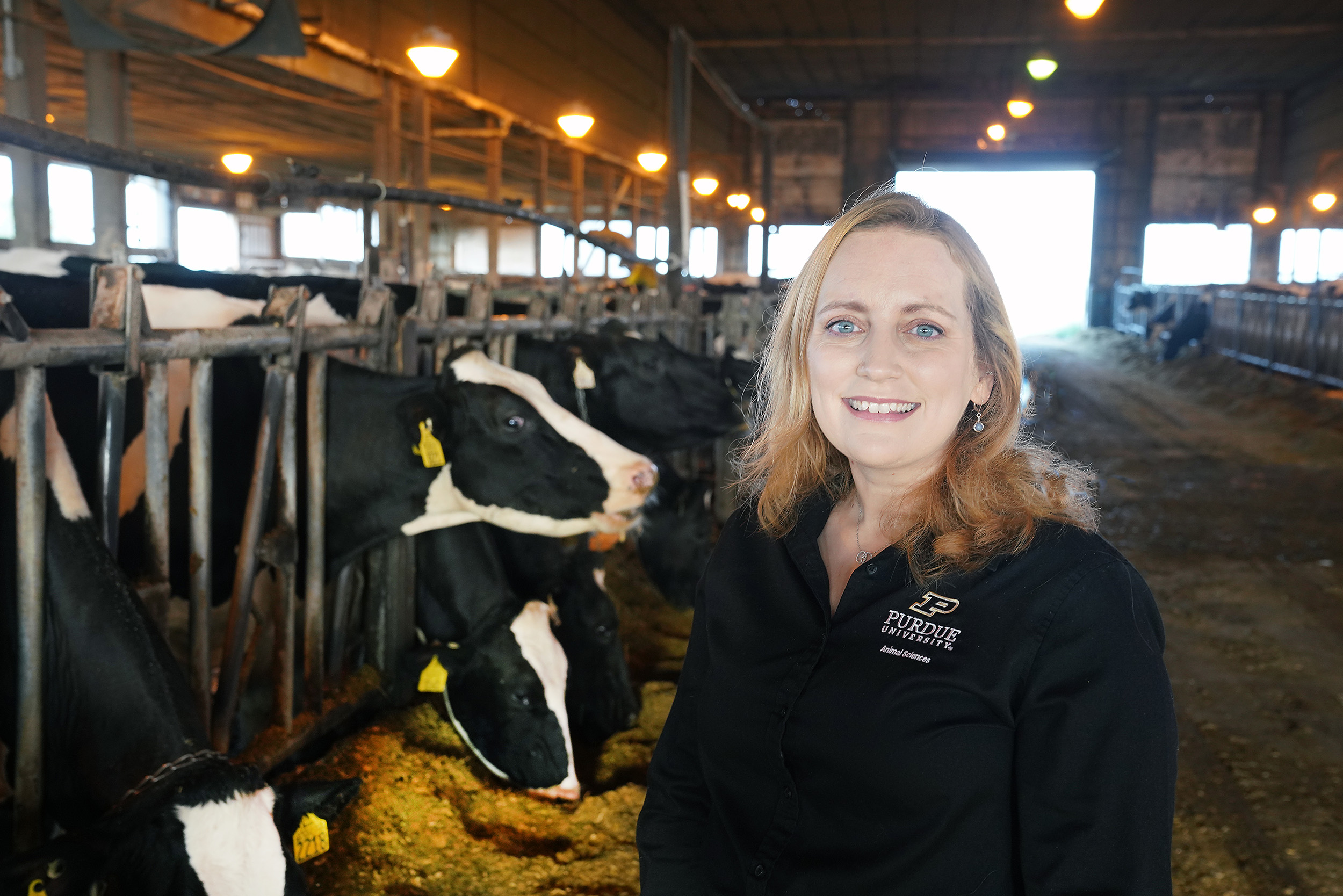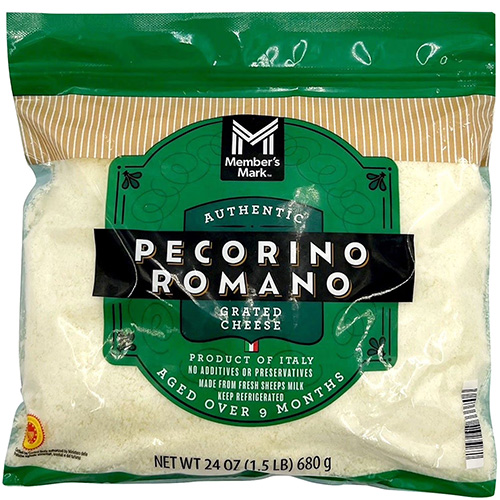Sugar sweet: Making maple syrup
Warm, fluffy buttermilk pancakes. A comfort classic that rouses us from our slumber into the kitchen for breakfast. Along with a golden pat of melted butter, a generous drizzle of maple syrup completes this staple. Kurt Lanzone, extension educator for Parke County, explains how that syrup traveled from tree to your table.
1. Identify the maple tree
Sugar maple trees are preferred for making maple syrup due to the higher sugar content of sap. The trees have grayish-brown bark and leaves with five fat lobes and smooth edges. To protect their health and early growth, trees should be a minimum of 10 inches in diameter.

2. Tap the tree
Trees are tapped in early spring, when there is a span of several days of freezing and thawing. First, a hole is drilled into tree that matches the size of the spout used to gather the sap. Then, the spout is tapped into the hole with a hammer until there is a change in sound, signifying that the spout is seated firmly in the tree.
3. collect the sap
From the spout, food-grade tubing is run to a food-grade collection container.Sap can also be collected by hand by hanging a bag or collection container from the spout.
4. Evaporate the sap
Once enough sap is collected, it is brought to a steady rolling boil to start the evaporation process, keeping around an inch and a half in the pan. Evaporating the sap removes water to concentrate the sugars. Sap becomes syrup when it reaches a boiling point just over 219 degrees Fahrenheit. Many syrup producers use a hydrometer to check their syrup for density, which should be around 66% sugar content. 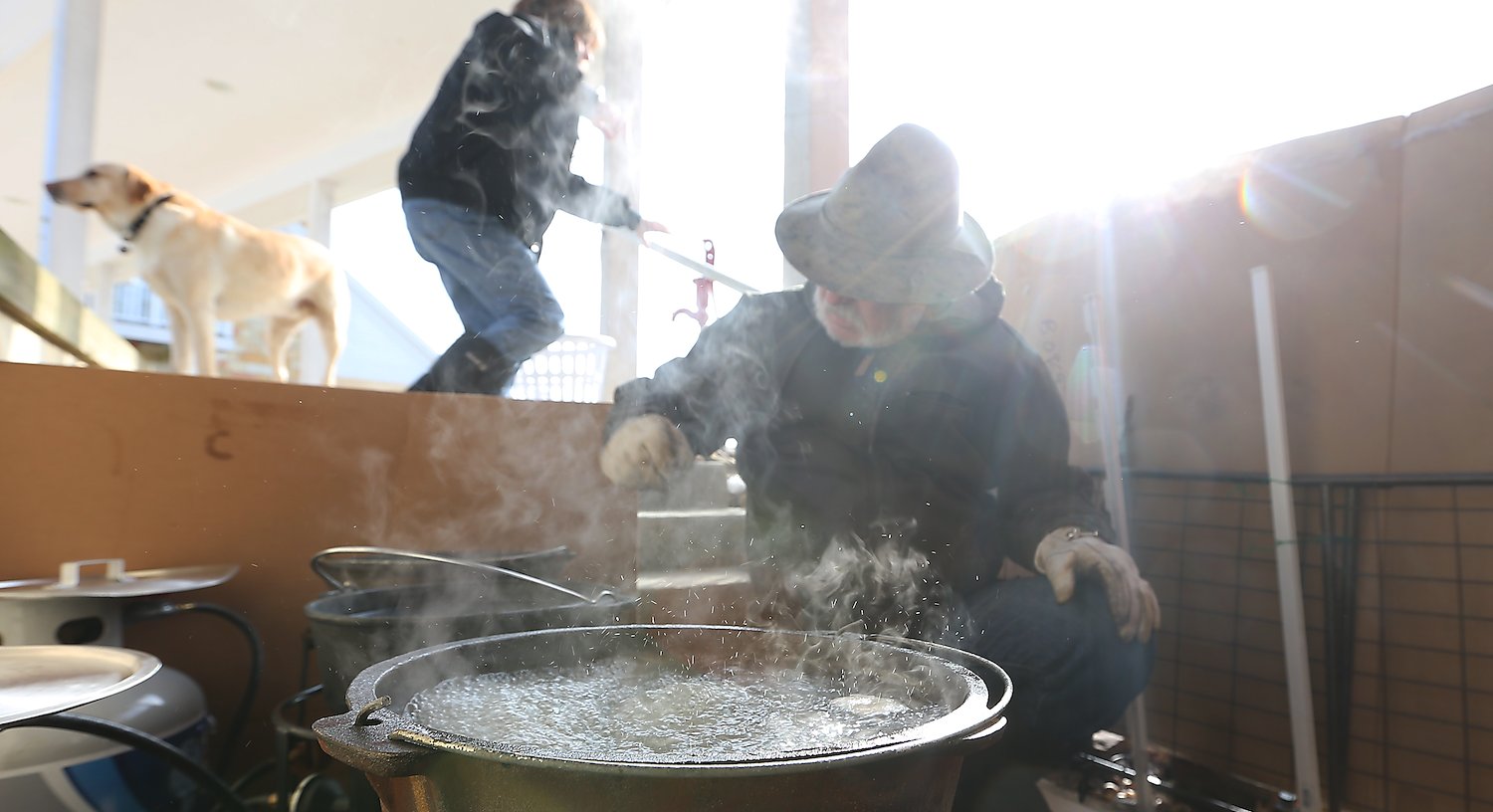
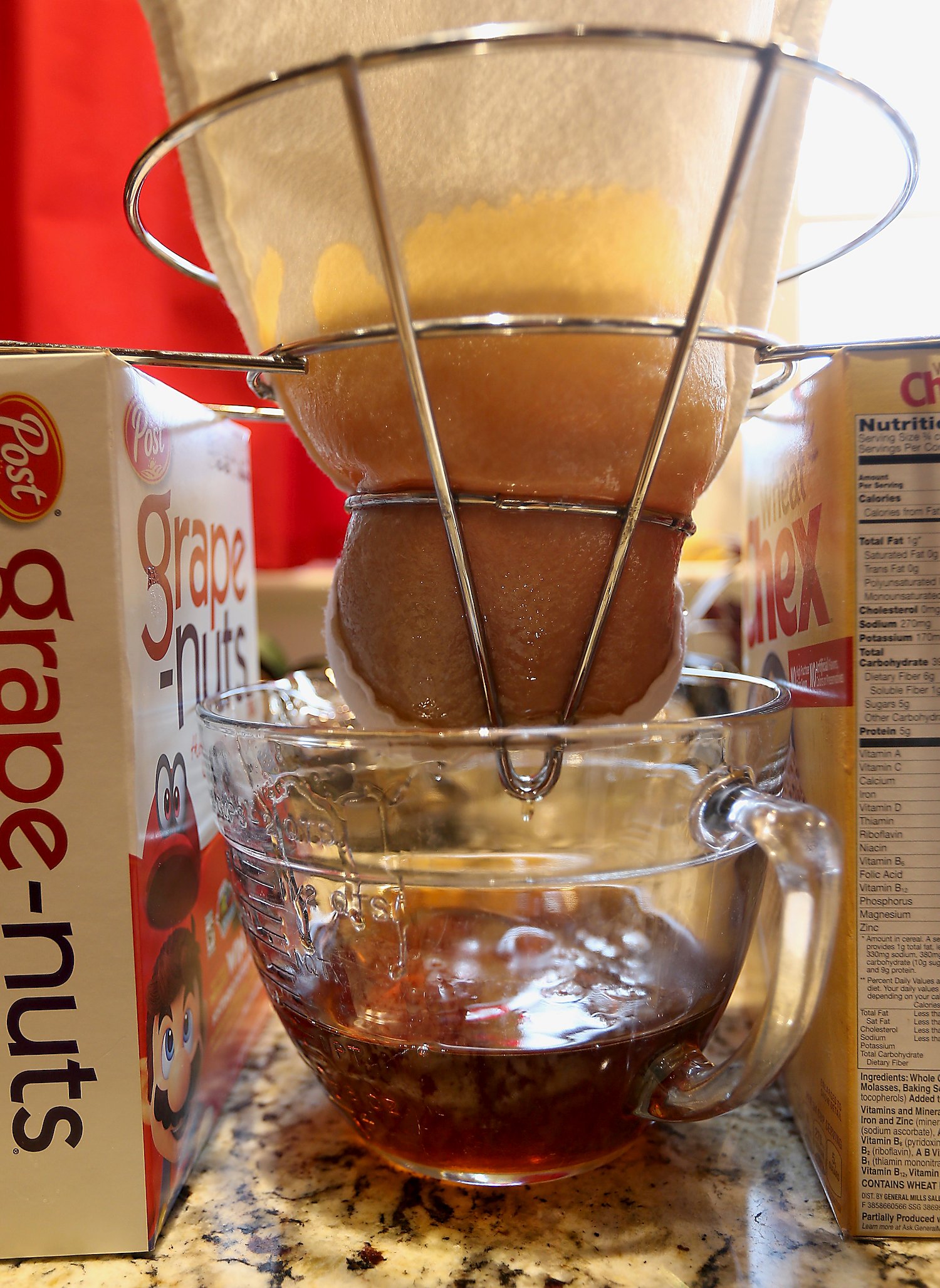 5. Filter the syrup
5. Filter the syrup
Finally, the syrup is kept at 180-190 degrees Fahrenheit and filtered several times before it is bottled into sterile containers.
Enjoy!
